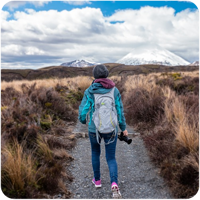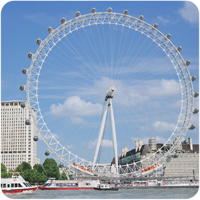Het arrangement 9.2 Travelling - hv12 is gemaakt met Wikiwijs van Kennisnet. Wikiwijs is hét onderwijsplatform waar je leermiddelen zoekt, maakt en deelt.
- Auteur
- Laatst gewijzigd
- 11-05-2025 19:26:09
- Licentie
-
Dit lesmateriaal is gepubliceerd onder de Creative Commons Naamsvermelding-GelijkDelen 4.0 Internationale licentie. Dit houdt in dat je onder de voorwaarde van naamsvermelding en publicatie onder dezelfde licentie vrij bent om:
- het werk te delen - te kopiëren, te verspreiden en door te geven via elk medium of bestandsformaat
- het werk te bewerken - te remixen, te veranderen en afgeleide werken te maken
- voor alle doeleinden, inclusief commerciële doeleinden.
Meer informatie over de CC Naamsvermelding-GelijkDelen 4.0 Internationale licentie.
Aanvullende informatie over dit lesmateriaal
Van dit lesmateriaal is de volgende aanvullende informatie beschikbaar:
- Toelichting
- Deze les valt onder de arrangeerbare leerlijn van de Stercollecties voor Engels voor havo en vwo, leerjaar 1 en 2. Dit is thema 9 'Summer holiday'. Het onderwerp van deze les is: Travelling. In deze les staat reizen centraal. Er wordt besproken wat voor soort reizen er zijn en welke transportmiddelen je kan gebruiken. In de grammatica komt past simple en simple present aan bod.
- Leerniveau
- VWO 2; HAVO 1; VWO 1; HAVO 2;
- Leerinhoud en doelen
- Engels;
- Eindgebruiker
- leerling/student
- Moeilijkheidsgraad
- gemiddeld
- Studiebelasting
- 1 uur 40 minuten
- Trefwoorden
- arrangeerbaar, engels, hv12, past simple, simple present, soorten reizen, stercollectie, transportmiddelen, travelling

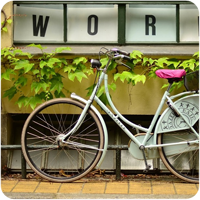 The subject of this double period is travelling.
The subject of this double period is travelling.

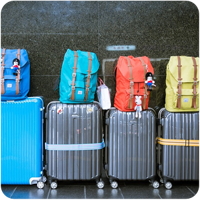

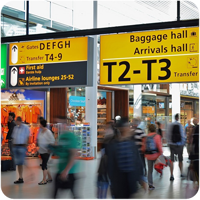
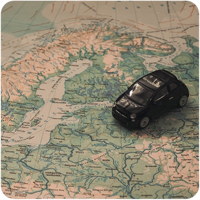 Study the vocabulary. (10 minutes)
Study the vocabulary. (10 minutes)
 Do you remember how to use the past simple? Check these explanations again.
Do you remember how to use the past simple? Check these explanations again.
